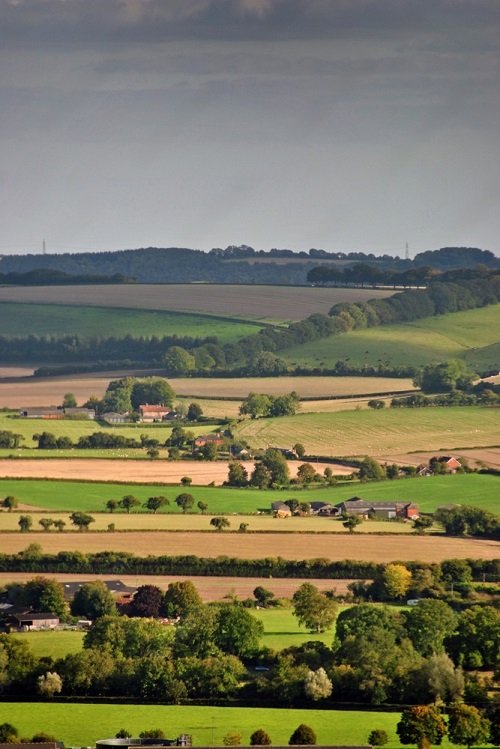Not sure about What Planting Zone is Indiana? Don’t worry! This guide will give you all the information with details.
Understanding the concept of planting zones is crucial for a successful gardening. Each region has its own unique climate conditions that affect plant growth and survival. In this comprehensive guide we will understand – What Planting Zone is Indiana.
Check out America’s Most Popular Houseplants According to Google Trends here
What are Planting Zones?
Planting zones, also known as hardiness zones, are geographical regions defined by the United States Department of Agriculture (USDA) to provide guidance on which plants are most likely to thrive in specific areas based on their climatic conditions. The USDA Plant Hardiness Zone Map divides the United States into several zones, numbered from 1 to 13, based on the average annual minimum temperature.
Each zone represents a 10°F (-12°C) difference in average annual minimum temperature. For example, Zone 1 represents areas where the average minimum temperature can drop to -50°F (-45.6°C) or lower, while Zone 13 represents areas where the average minimum temperature stays above 60°F (15.6°C).
The USDA Plant Hardiness Zone Map is a valuable tool for gardeners and plant enthusiasts, as it helps them select plants that are well-suited to their specific climate conditions. By choosing plants that are recommended for their particular zone, individuals can increase the chances of successful growth and minimize the risk of plant damage due to extreme temperatures.
Check 12 Beautiful Types of Gardenias in Florida here
What Planting Zone is Indiana?
So, What Planting Zone is Indiana? Indiana falls into USDA Hardiness Zones 5 and 6. The state is primarily located in Zone 5, which includes most of northern and central Indiana. Some areas in the southern part of the state, particularly along the Ohio River, may fall into Zone 6.
Zone 5:
This zone covers most of northern and central Indiana, including cities such as Indianapolis, Fort Wayne, and South Bend. It experiences cold winters, with average minimum temperatures ranging from -20°F to -10°F (-28.9°C to -23.3°C).
Zone 6:
It extends through the southern parts of central Indiana and portions of the southernmost region of the state. Cities like Bloomington, Evansville, and Terre Haute fall within this zone. The average minimum temperatures range from -10°F to 0°F (-23.3°C to -17.8°C).
Explore the 14 Most Beautiful Pink Flowering Trees in Florida here
Choosing Plants for Indiana

Zone 5a:
- Trees: Sugar Maple, White Oak, Red Oak, American Beech
- Shrubs: Forsythia, Lilac, Hydrangea, Spirea
- Perennials: Black-eyed Susan, Coneflower, Hosta, Daylily
- Annuals: Marigold, Zinnia, Pansy, Snapdragon
Zone 5b:
- Trees: Red Maple, Eastern Redbud, Bald Cypress, River Birch
- Shrubs: Butterfly Bush, Weigela, Burning Bush, Viburnum
- Perennials: Astilbe, Coral Bells, Phlox, Russian Sage
- Annuals: Petunia, Impatiens, Begonia, Geranium
Zone 6a:
- Trees: Dogwood, Redbud, Japanese Maple, Sycamore
- Shrubs: Rhododendron, Azalea, Boxwood, Japanese Spirea
- Perennials: Hosta, Daylily, Bleeding Heart, Liatris
- Annuals: Salvia, Coleus, Gerbera Daisy, Lobelia
Zone 6b:
- Trees: Ginkgo, Tulip Tree, American Sweetgum, Kentucky Coffeetree
- Shrubs: Hydrangea, Rose of Sharon, Beautyberry, Ninebark
- Perennials: Peony, Iris, Sedum, Coreopsis
- Annuals: Geranium, Verbena, Zinnia, Sunflower



